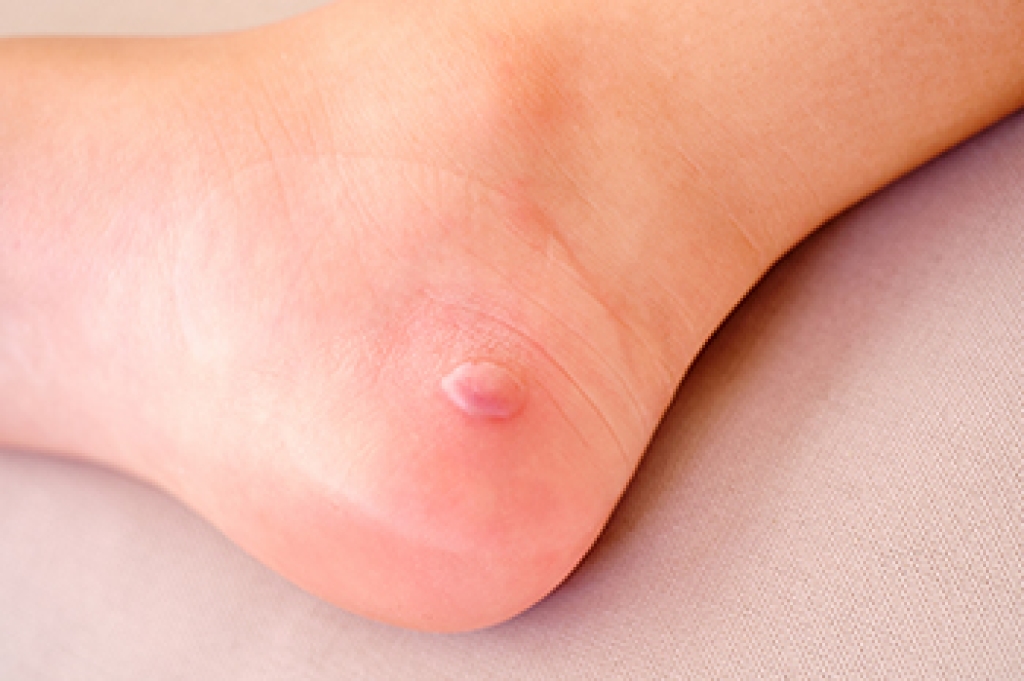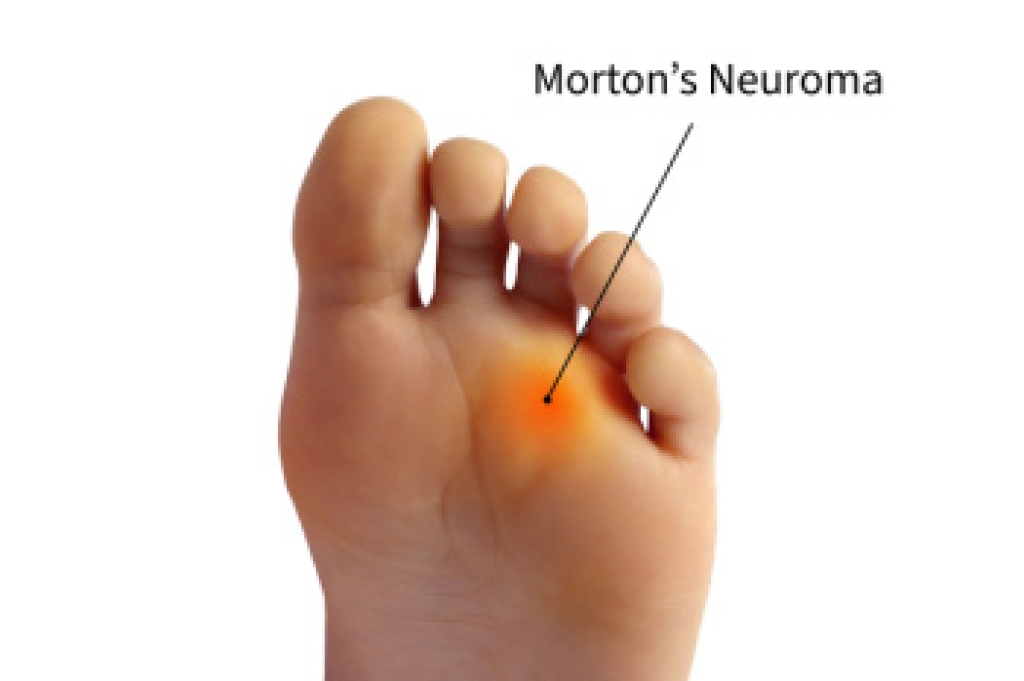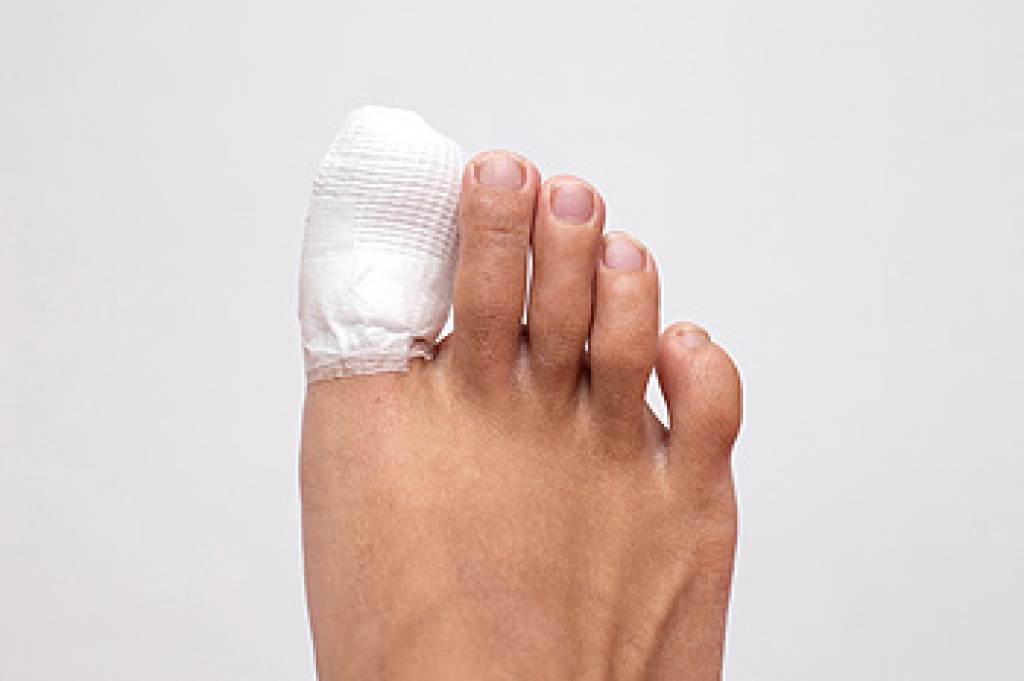
Blisters on the feet are often caused by friction, pressure, or irritation. Friction blisters, the most frequent type, typically form when ill-fitting shoes rub against the skin, leading to the buildup of fluid between layers of skin. Symptoms include redness, swelling, and the formation of a small, raised bubble filled with clear fluid. They can be painful, especially while walking or standing. Common causes of blisters include wearing new shoes, prolonged walking, or activities that cause repetitive rubbing, such as running. Excessive moisture or sweaty feet can also contribute to blister formation. A podiatrist can help by assessing the severity of the blister and offering safe and sterile wound care. If a blister is infected or causing persistent pain, a podiatrist may recommend drainage, dressing techniques, or the use of specialized footwear to prevent further irritation. Custom orthotics or padding may also be suggested to reduce friction. If you frequently develop foot blisters, it is suggested that you schedule an appointment with a podiatrist who can offer relief and prevention tips.
Blisters may appear as a single bubble or in a cluster. They can cause a lot of pain and may be filled with pus, blood, or watery serum. If your feet are hurting, contact one of our podiatrists of Lakeside Foot and Ankle Center. Our practitioners can provide the care you need to keep you pain-free and on your feet.
Foot Blisters
Foot blisters are often the result of friction. This happens due to the constant rubbing from shoes, which can lead to pain.
What Are Foot Blisters?
A foot blister is a small fluid-filled pocket that forms on the upper-most layer of the skin. Blisters are filled with clear fluid and can lead to blood drainage or pus if the area becomes infected.
Symptoms
(Blister symptoms may vary depending on what is causing them)
- Bubble of skin filled with fluid
- Redness
- Moderate to severe pain
- Itching
Prevention & Treatment
In order to prevent blisters, you should be sure to wear comfortable shoes with socks that cushion your feet and absorb sweat. Breaking a blister open may increase your chances of developing an infection. However, if your blister breaks, you should wash the area with soap and water immediately and then apply a bandage to the affected area. If your blisters cause severe pain it is important that you call your podiatrist right away.
If you have any questions, please feel free to contact our offices located in Leesburg and The Villages, FL . We offer the newest diagnostic and treatment technologies for all your foot care needs.




